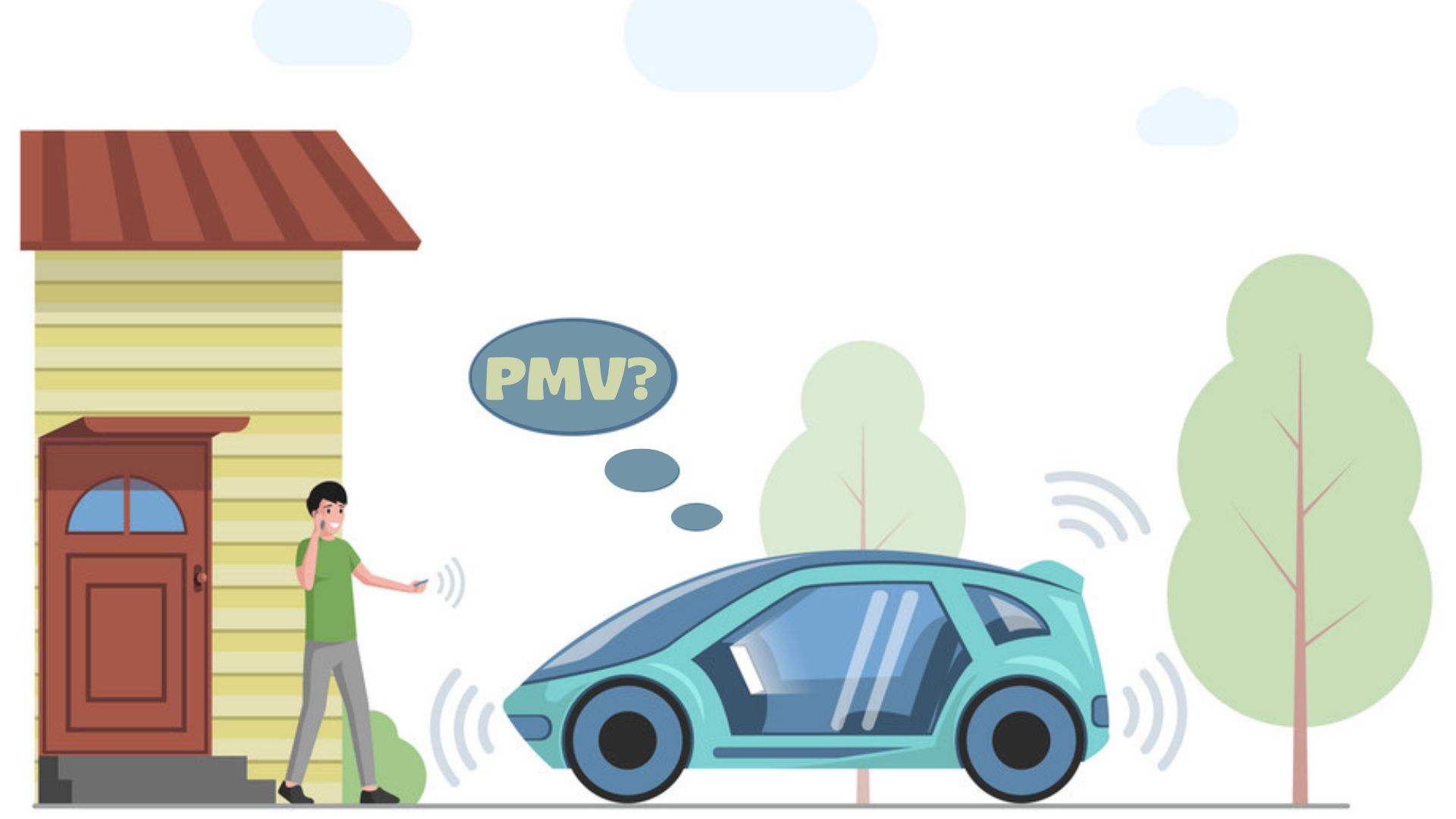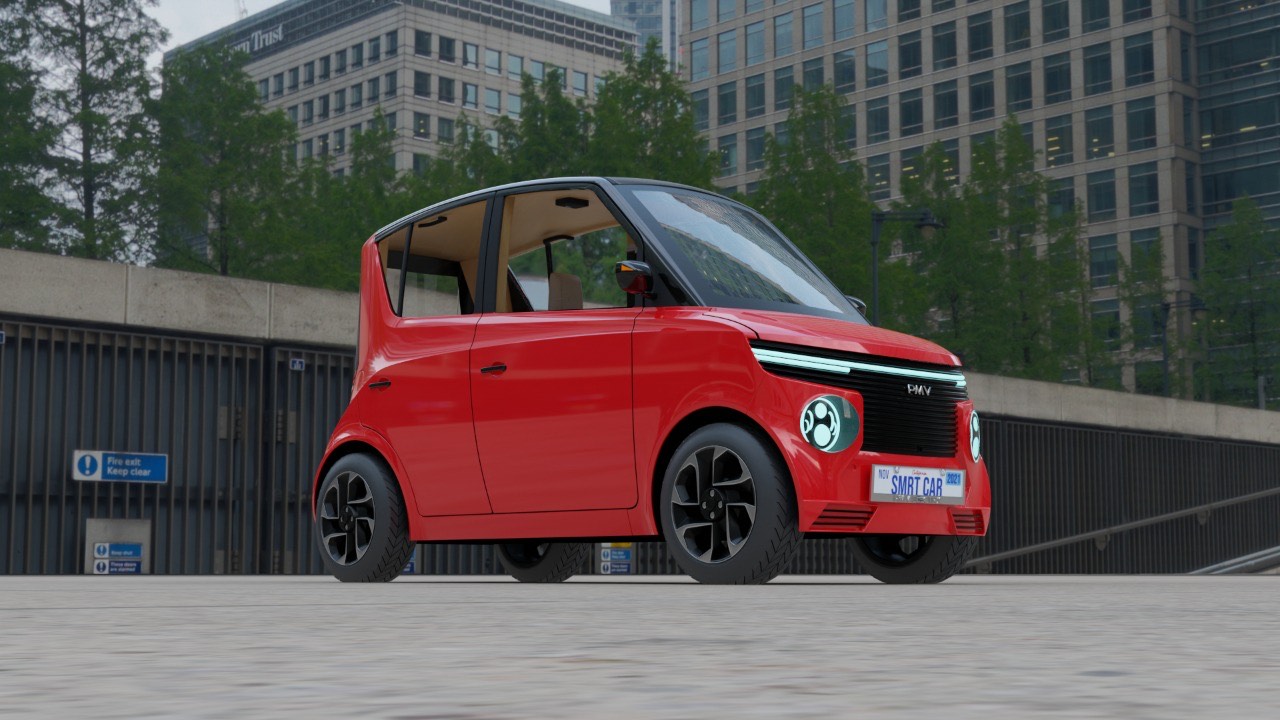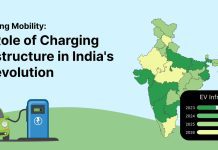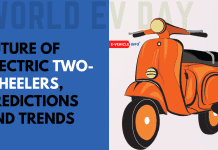 We have all heard of the SUV, sedan & hatchback in the passenger car segment. And there is a sudden shift of Indian consumers towards the SUVs ditching the hatchback & the small car segment in the recent few years.
We have all heard of the SUV, sedan & hatchback in the passenger car segment. And there is a sudden shift of Indian consumers towards the SUVs ditching the hatchback & the small car segment in the recent few years.
Personal Mobility Vehicle (PMV)
This has been largely driven by OEM launching more & more of these higher-priced, bigger & premium cars in pursuit of higher profits, as it is a well-known fact that the premium cars have better margins & the small cars have always been the low-margin products for the OEM’s. This shift clearly shows the maturity of the Indian passenger car market, where the customers aren’t looking for the cheapest car in the market but rather want to go for the higher-end versions of the products.
This shift to SUVs however doesn’t augur well for our fight against growing pollution & climate change issues. We are heading for a disaster & a bleak future if we continue to shift to SUVs. We like to think of SUVs as the junk food of the automotive industry, very attractively packed, and presented to lure the customer to change their eating habits to unhealthy food. The SUVs do damage in more than 1 way.
They not only pollute more but also occupy far too much space on the road, causing traffic congestion & parking issues. Also unlike in western countries which have a culture of off-roading & recreational driving, Indian consumers largely use their SUVs for office & back travel & within city travel with single/double occupancy & seldom take out the car on long-distance travel, which is what the SUV is built for.
This is surely a step back in our fight for sustainable mobility both from a pollution/climate change perspective which is self-evident, but also from the perspective of traffic congestion & parking issues which will be exacerbated by 5-7 seater SUVs with single/double occupancy.
According to a govt survey, 80+ percent of the road space is occupied by 19% of cars, so clearly the current breed of vehicles is hogging the road, and this scenario will only worsen with the increase in SUVs. And to add to this, a large majority of these cars are single/double occupancy. This is making our cities unsustainable, a 8-10 km distance is taking about 45-60 mins, affecting the quality of life.
These are all the fundamental reasons why we saw the need for a new category of vehicles, called the personal mobility vehicle (PMV). We observed that the large majority of use cases for a personal car were office & back travel, grocery shopping & dropping kids off at school from Monday to Friday/Saturday.
Our objective was to fill in a gap in the market with a purpose-built electric car that will address this 80% of the use case of a personal car from Monday to Friday/Saturday. The idea is not to over-engineer a product to cover all types of requirements of a car, but rather to address the majority use case.
That’s how the concept of PMV was born, as a right-size mobility solution built for the specific purpose of office & back, grocery shopping & dropping kids to school. All of these activities are done with single/double occupancy for most consumers. And that is what we are addressing with India’s first fully electric 2-seat smart microcar, EaS-E: Your Everyday Car.
Also, most OEMs are in the pursuit of the longest range, fastest acceleration & biggest electric cars, and they forget that the bigger the vehicles the more carbon emissions they will have in manufacturing & operations. Also, these vehicles will be far too expensive to become mass market, thus delaying the adoption of electric vehicles which is the need of the hour to fight climate change & pollution.
So with the right sizing of the EaS-E, we also ensure that affordability isn’t an issue for the bulk of the car users currently, so EaS-E will help in faster adoption of electric vehicles in India & globally.
“To fight the big OEMs & their marketing might be a tough task, but one worth fighting for, as it’s a matter of the future that we will leave for our children & we can’t leave that to profit-hungry large companies.”







Want to book.
Want to book ur 2 seater electric car.
What moderation?
Want to book ur 2 seater, 4 wheeler electric car.